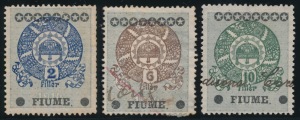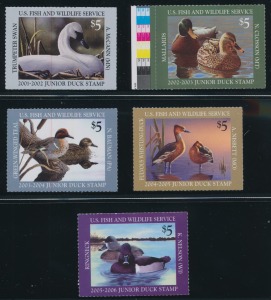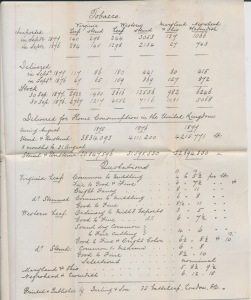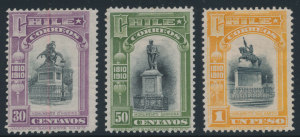Early airmail stamps hold a special place in philatelic history, marking the dawn of a new era in postal communication. These stamps were specifically issued to cover the cost of sending mail by air, reflecting the pioneering efforts to establish airmail services. Here are some notable examples of early airmail stamps:
-
United States - 1918 "Inverted Jenny": The United States issued its first airmail stamp in 1918 to coincide with the inauguration of regular airmail service between Washington, D.C., Philadelphia, and New York City. The most famous among these stamps is the 24-cent "Inverted Jenny," which features a biplane flying upside-down. It is one of the most sought-after and valuable stamps in philately.
-
United Kingdom - 1911 "First Aerial Post": The United Kingdom issued its first airmail stamp in 1911 to commemorate the "First Aerial Post" between Hendon and Windsor. The stamp,











